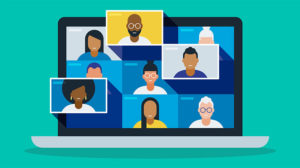You don’t have to be a coach to use these 6 active listening techniques. Go beyond active listening and truly listen to understand, turning a casual chat into a coaching conversation.
Listening Skills
Home > Content About Listening Skills

Featured Leading Effectively Article
No time for a formal coaching sesson? Use active listening skills to turn a casual conversation into a coaching opportunity.
Content About Listening Skills
Empathetic leaders have been shown to be more successful. Learn why empathy in the workplace matters and how leaders and organizations can demonstrate and foster more empathy.
Compassionate leaders are more effective leaders, because they’re able to build trust and collaboration on their teams. Learn how showing compassion — to yourself and others — is the key.
Leaders are often held accountable for developing others, but may not know how to do it well. Coaching others is key for leaders. Strengthen these 4 conversational skills, and you’ll coach people more effectively.
Our research shows that 4 core leadership skills can help fundraising leaders create more impact and fundraising success.
Whether in a planned coaching session or just an impromptu moment, you can open the door to valuable learning just by doing these 3 things in the conversation.
In order to deal with awkward, tense, or challenging conversations, we first need to understand the common mistakes we make — and then take 5 steps.
It’s more important than ever for leaders to be effective virtual communicators. Learn how to assess and improve the effectiveness of your virtual communication and persona.
Effective leaders are humble, curious, and good listeners. Ask yourself and your teams these leadership questions to cut through complexity and really understand the issues.









